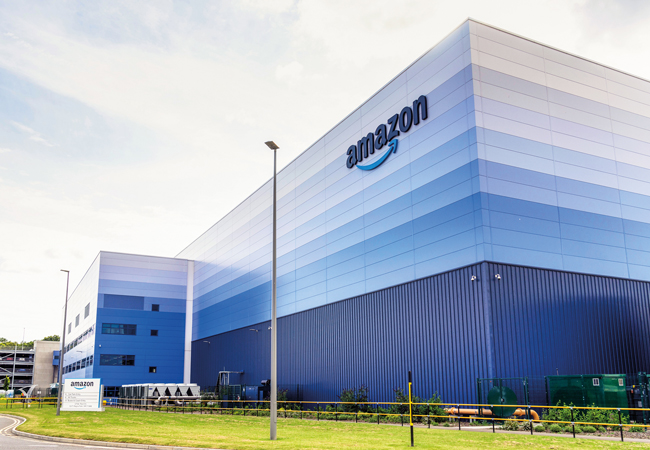
Amazon contributed to the CIBSE embodied carbon guide for logistics centres
Comprehensive Europe-wide guidance to help the logistics industry assess the embodied carbon of material handling equipment (MHE) and mechanical, electrical and plumbing equipment has been published.
CIBSE’s TM65.3: Embodied carbon in building services: logistics centres was developed with the support of Introba and Amazon. It is the first industry-wide guidance and methodology, which aims to foster data-based decision-making as the logistics industry works to reduce its environmental footprint.
According to a Research and Markets report, the global market size of MHE is $128bn, and is estimated to reach $193bn in 2030. The guidance finds that MHE can represent 17-53% of a typical logistics building’s embodied carbon, so companies can reduce their environmental impact by making more informed choices about the type of equipment used in their warehouses. Equipment manufacturers can also differentiate themselves by developing equipment with lower carbon footprints.
TM65.3 builds on the methodology outlined in TM65: Embodied carbon in building services: A calculation methodology, which offers a robust framework for understanding and mitigating environmental impact. It will benefit an array of stakeholders, including logistics building owners, manufacturers, retailers, architects, engineers, policy-makers, researchers and students.
CIBSE’s technical director, Dr Anastasia Mylona, said: ‘This marks a significant milestone in understanding the embodied carbon implications of logistics buildings, and underscores our commitment to sustainability within the built environment.
‘By pooling our expertise with Amazon and Introba, we will empower stakeholders across the logistics sector with actionable insights to drive positive change.’
● For more on TM65.3 visit www.cibse.org/tm65-3
